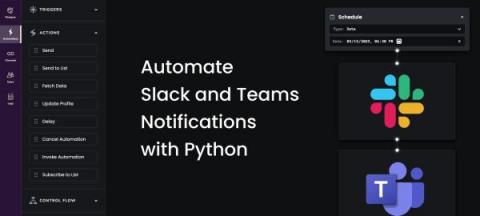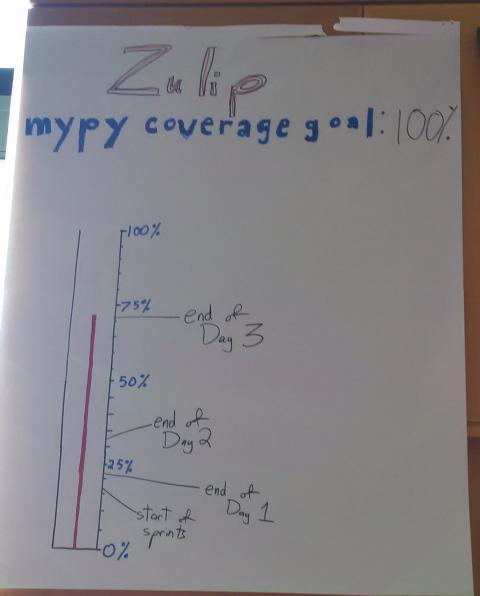Create an Automated Notification System Using Python and Courier
Product notifications keep users engaged and informed about important updates related to web and mobile applications. However, building an effective notification system for your app that sends timely and personalized messages can be challenging. Courier's development platform for notifications simplifies this process by consolidating various communication APIs, data, and development tools in one place.






